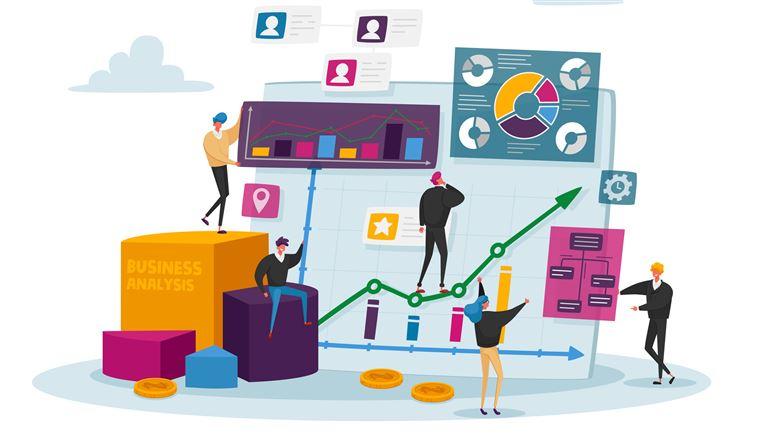Gayle Claman, CAE
Gayle Claman, CAE, is managing director of education at the American Society of Civil Engineers and a member of ASAE’s Professional Development Advisory Council.

When creating new educational content, associations want topics that are not only core to the industry or profession but also relevant to the times we live in. Consider using future-focused scanning, including ASAE’s ForesightWorks resources, to add that element of now and near-future relevance to your programming.
If you’re one of the many association professionals who create education content and want to do a better job hitting the mark or taking into account how external forces are affecting your industry and members, one way to start is by implementing some type of environmental-scanning process.
There are many products and programs out there to help you with that, including the 50 drivers of change that are part of ASAE’s ForesightWorks initiative. Here’s a look at how creating a culture of foresight in your organization can provide new insights or help relate trends to your association’s specific industry or profession.
One driver of change is “Rejection of Expertise,” which notes that “public skepticism toward credentialed experts and institutions is growing” and many in the public turn “to non-credentialed and ‘unofficial’ sources for guidance and information.”
Initially, I didn’t think this driver applied to my organization’s members: engineers who need to follow set standards and guidelines to help ensure the quality and reliability of their work. However, as I thought more, I realized that it is true for technical work.
Here at the American Society of Civil Engineers (ASCE), we are hearing from members that they want peer learning for professional skills. This makes sense, given those who entered the workforce 30 years ago faced a very different world than those entering today. Insights gleaned from reflecting on the drivers can help ensure your programming is in line with your members’ needs.
But if you’ve never applied foresight to your education before, how do you get started? Here are a few suggestions for staff who work on educational offerings for your association:
At ASCE, we’ve used the drivers as part of market research and analysis efforts. In 2019, we conducted a review of internal resources such as surveys and participant data, coupled with external professional development and engineering data sources, and the drivers of change. Together, these helped inform a new strategic roadmap for our continuing education programming. Then in 2021, we conducted market research on our newest product line in collaboration with Tagoras, Inc. Several relevant drivers complemented this research to help us better align that programming with our target audiences.
Recently, ASAE’s Professional Development Advisory Council hosted a town hall session led by ForesightWorks Advisory Group members Denise Roosendaal, FASAE, CAE, and Sharon Newport, CAE. They offered a few questions to consider when reviewing the trends:
For associations to maintain their relevancy in the long term, they must consider how future trends and larger societal changes are affecting their members and their needs. By doing the work now, you help ensure you maintain your value and market share.